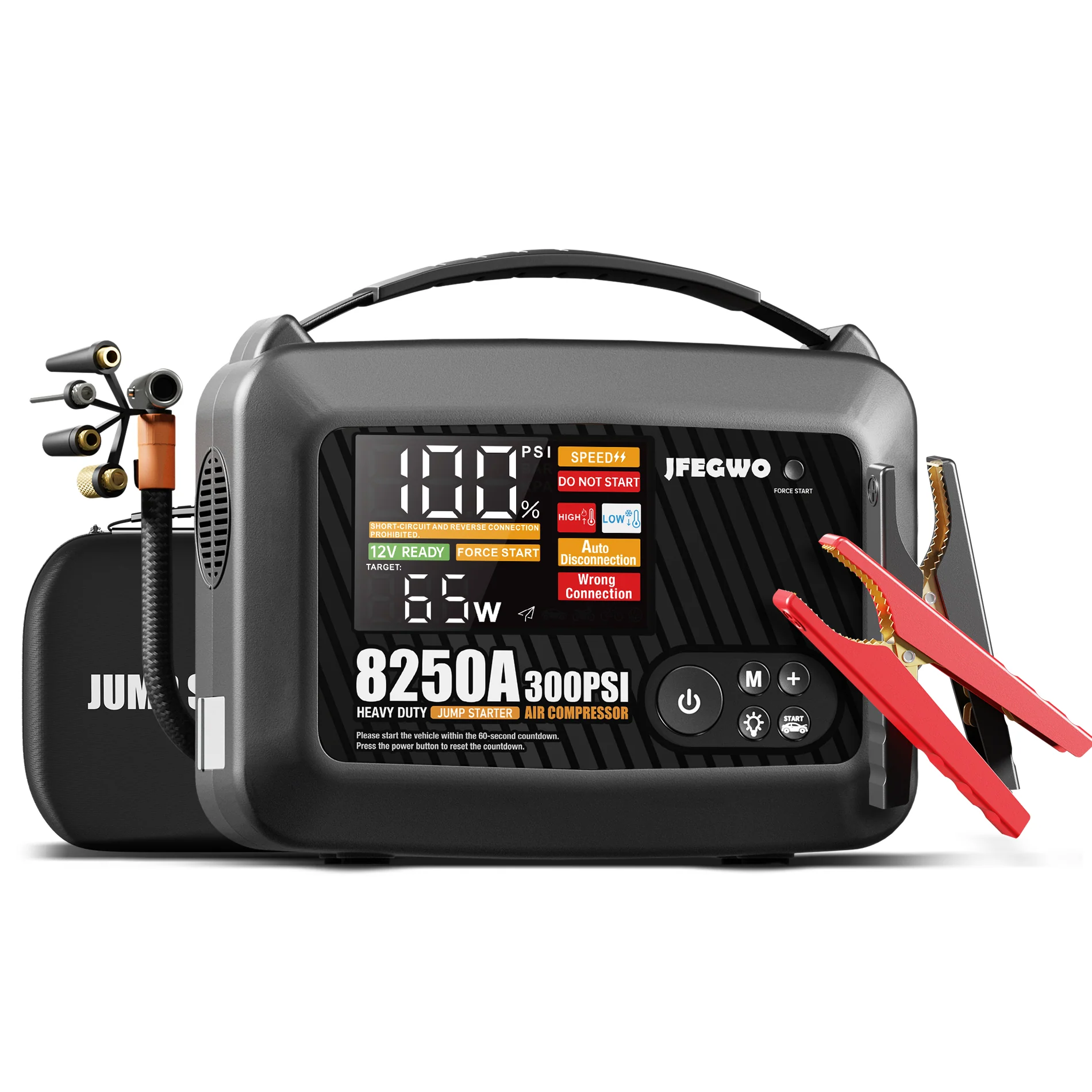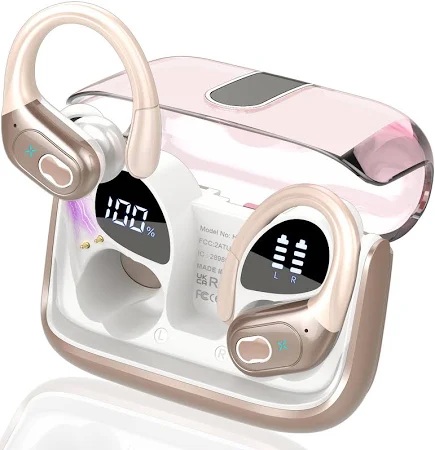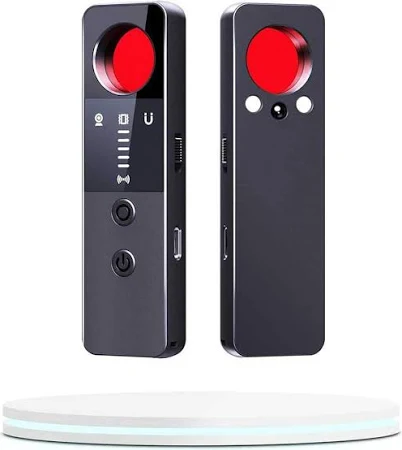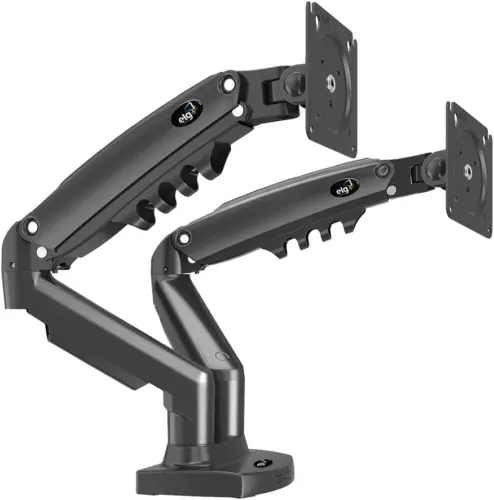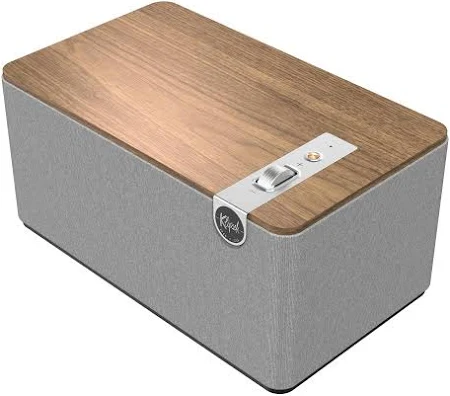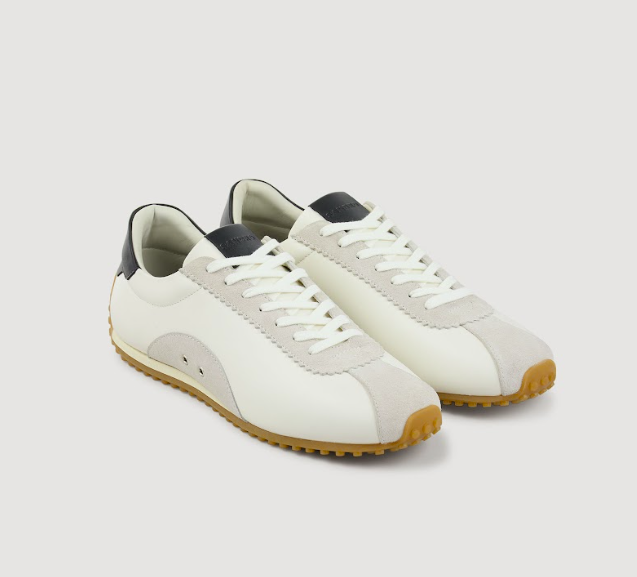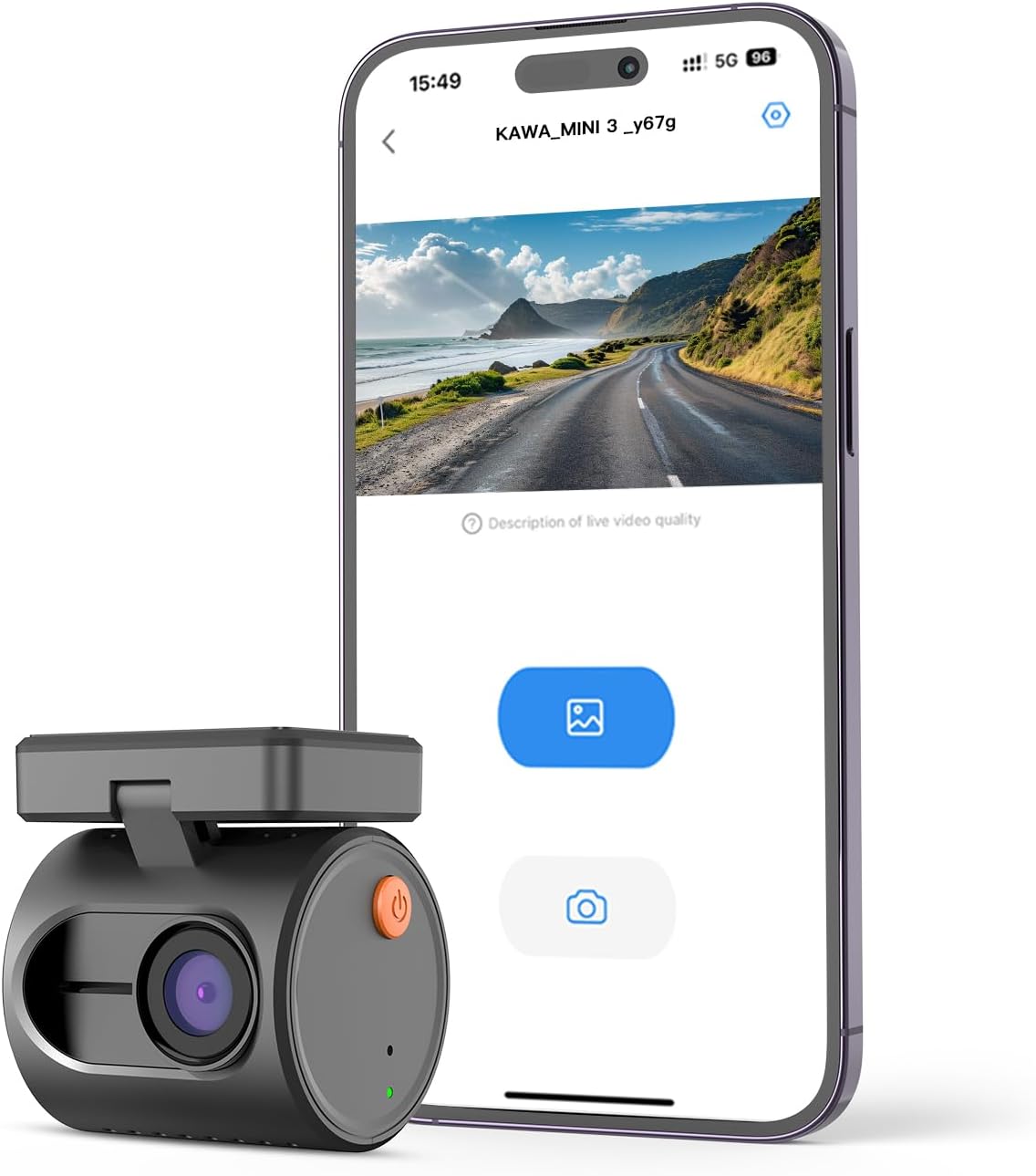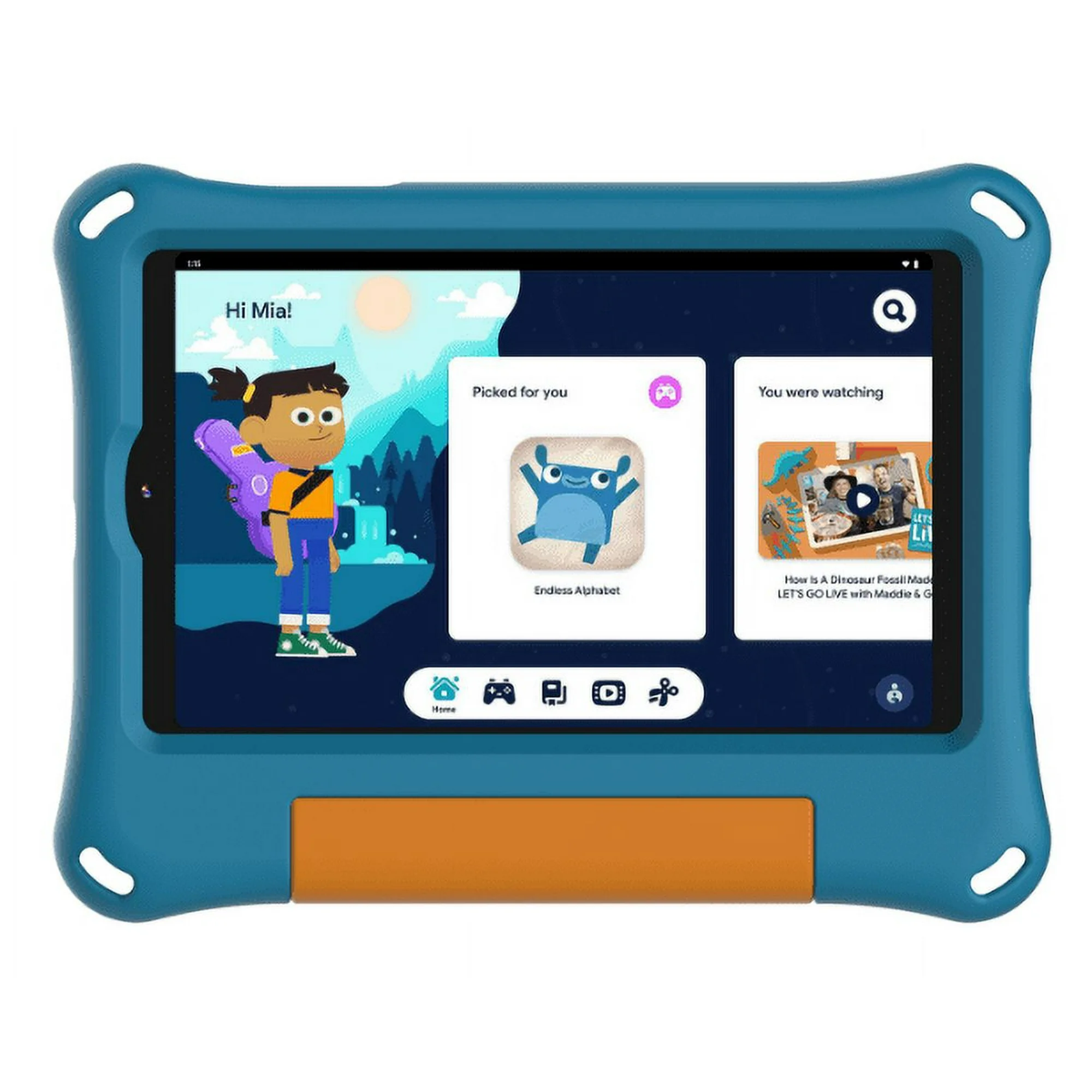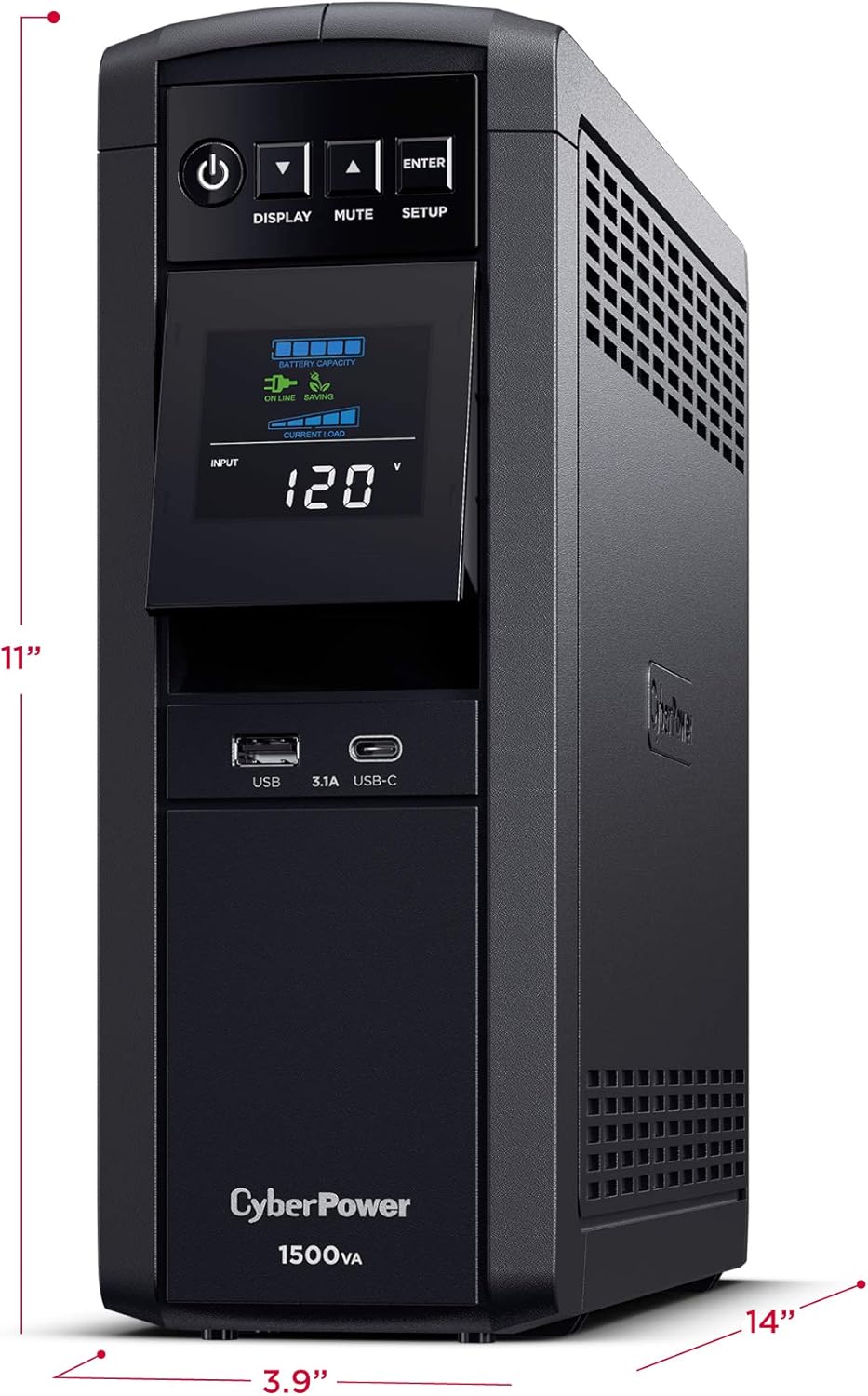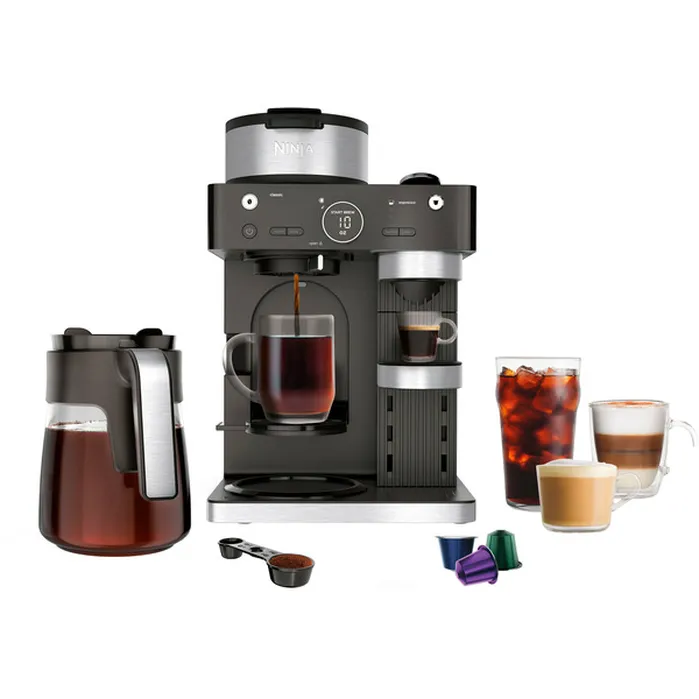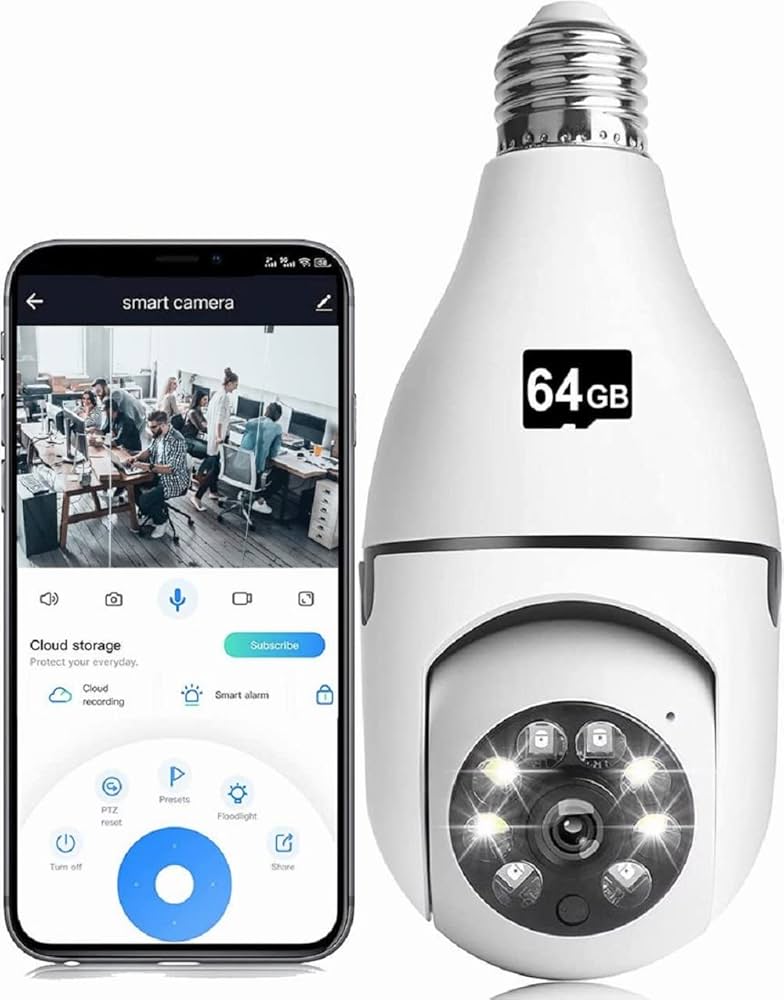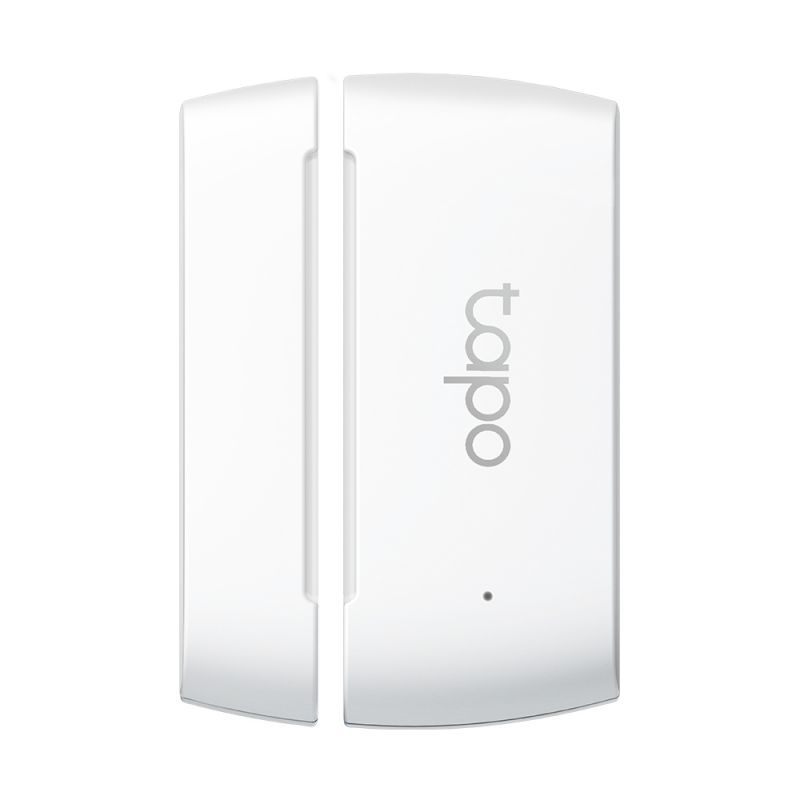Most “emergency kits” are theater. The two problems you’ll really meet on the road are a dead battery and a soft (or flat) tire. A modern lithium jump pack with a built-in compressor fixes both in minutes—no second car, no gas-station scramble, no waiting for roadside assistance. In this guide, we’ll show you how to choose the right specs, use it safely in any weather, and keep it ready—spotlighting JFEGWO Jump Starters with Air Compressor for their practical combo of high-current output, sensible PSI ranges, and idiot-proof clamps.
Shop JFEGWO Jump Starters with Air Compressor
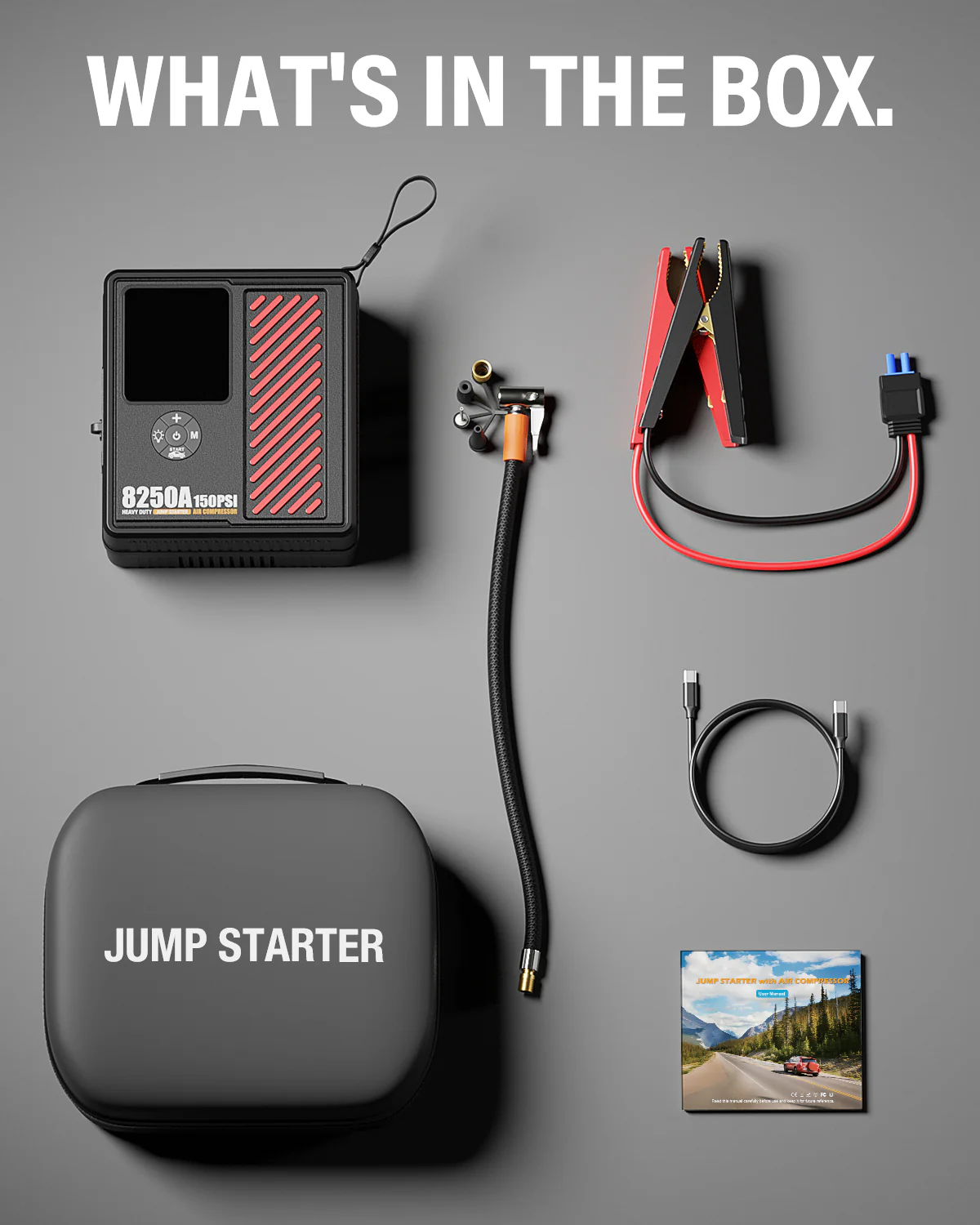
Buy for the Car You Drive (and the Tires You Inflate)
A jump starter–inflator combo must match two jobs: cranking your engine and inflating your tires.
1) Peak Amps & Battery Chemistry (for starting)
- Peak amps are the short burst that turns the starter motor. Most small sedans start around 800–1200 A peak; larger SUVs/trucks may want 1500–2000 A. Diesel needs more in cold weather.
- Lithium pack capacity (mAh / Wh) isn’t just “how many phone charges.” It also hints at reserve energy for multiple jump attempts or long inflate sessions.
- 12V systems: Almost all consumer vehicles use 12V. Ensure the pack is explicitly rated for 12V automotive starting.
2) PSI, Flow Rate & Hose Hardware (for inflating)
- PSI range: Passenger tires are typically 30–45 PSI; light trucks/SUVs can run higher. Make sure the compressor covers at least 0–150 PSI with an auto-shutoff setting.
- Flow (L/min): Higher flow = quicker fills. For top-offs (e.g., +6 PSI), any competent unit is fine; for airing up from 0–10 PSI (slow leak) or inflating sport gear, more flow saves time.
- Hose + chuck: Screw-on chucks seal better than clip-ons at higher pressure. Look for a clear gauge and backlit screen for night use.
JFEGWO Jump Starters with Air Compressor combine high-amp jump capacity with a digital inflator and auto-shutoff PSI presets—smart for daily drivers and road-trip rigs alike.
The Safety Bits that Matter (and Why)
- Smart clamps (reverse-polarity protection): Prevents sparks if you clip to the wrong terminal.
- Over-current, over-voltage, and short-circuit protection: The silicon brain that keeps both you and your vehicle electronics happy.
- Temperature safeguards: Lithium chemistry prefers not to charge when it’s freezing. Look for safeguards and a realistic operating range.
- Auto-shutoff compressor: Stops at the PSI you set—no over-inflate drama and better accuracy.
Most JFEGWO units include bright LEDs (flashlight/SOS), a digital readout, and rubberized clamps that bite even on corroded posts—small details that matter at 2 a.m. in the rain.
Shop JFEGWO Jump Starters with Air Compressor
How to Jump a Car—Cleanly, Quickly, Safely (Copy This)
- Prep the scene: Car in park (or neutral), ignition off, lights and accessories off. Pop hood.
- Identify terminals: Red = positive (+), black = negative (–). Brush off corrosion if caked.
- Clamp order:
- Red clamp to + battery post.
- Black clamp to – battery post (or a clean, unpainted metal ground on the chassis if the post is awkward).
- Power the jump starter and wait for the “ready” indicator (smart clamps self-check).
- Start the car: Crank for no more than 3–5 seconds. If it doesn’t catch, wait 15–30 seconds and try again.
- After it starts: Leave the engine running; remove clamps in reverse order (black off, then red).
- Let the alternator work: Drive 20–30 minutes to recharge your vehicle battery—avoid shutting off immediately.
Pro tips:
- If the dash goes dark when you turn the key, your vehicle battery is severely low; give the pack a 30–60-second “pre-charge” connected before attempting to start.
- For stubborn winter starts, turn the key to “on” for 10 seconds to prime electronics, then crank.
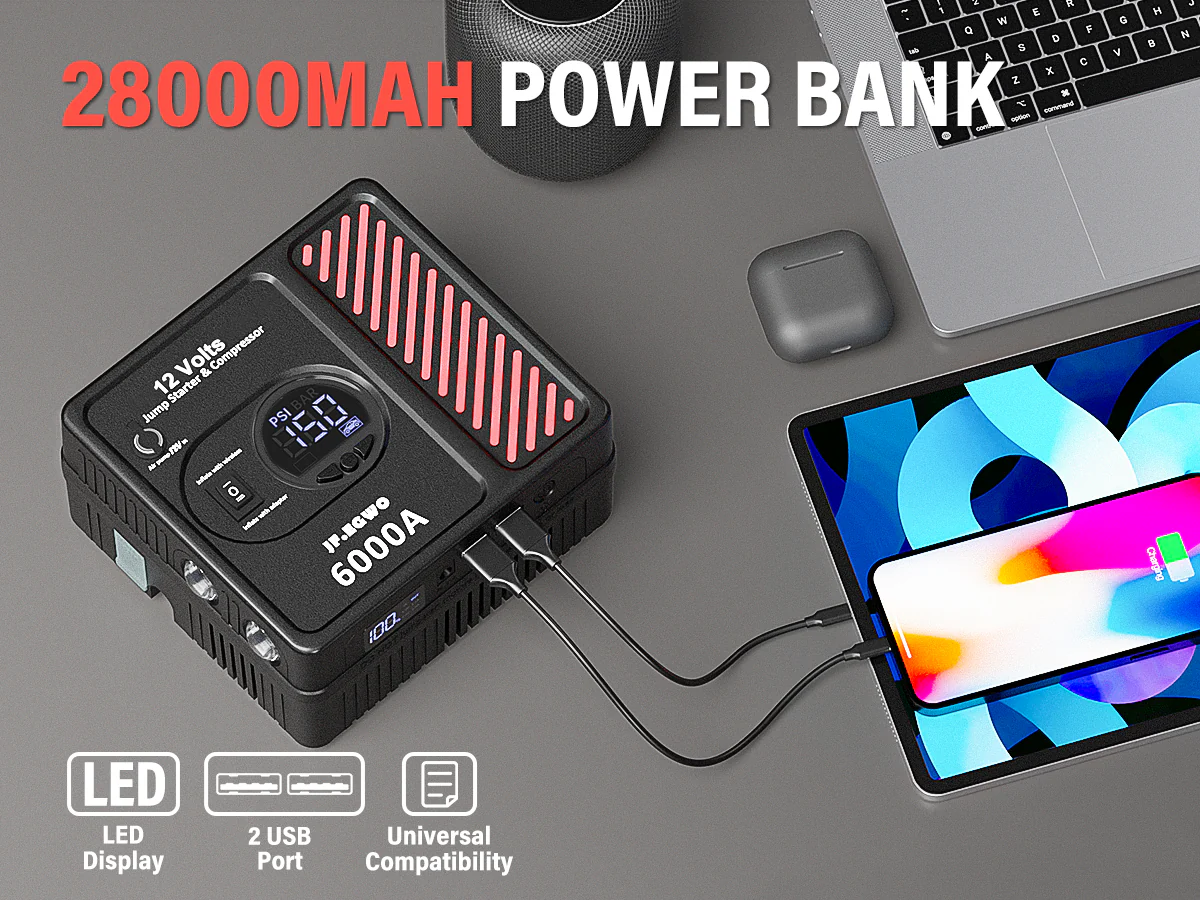
How to Inflate Tires—Without Guesswork
- Check the placard (driver’s door jamb) for the correct cold PSI.
- Set target PSI on the JFEGWO compressor’s digital screen.
- Attach the chuck firmly; screw-on types will hiss briefly while you seat them—then seal.
- Start the compressor and watch the live PSI readout.
- Auto-shutoff clicks off at your set PSI. Remove the hose cap; replace the valve cap.
Speed math: Expect ~1–2 PSI per minute on typical passenger tires; starting from near flat takes longer. If the PSI drops rapidly after removing the hose, you likely have a leak—check for a puncture or bead issue and use your spare.
Shop JFEGWO Jump Starters with Air Compressor
Cold Weather Reality (and How to Win)
- Lithium packs lose output in deep cold. Keep the jump starter in the cabin, not the trunk; your heater (or simply a warmer cabin) helps.
- Warm the pack in your hands or run the unit’s light for a minute to wake the cells in sub-zero temps.
- Tires read lower PSI in cold air. Top off on cold mornings; don’t chase a perfect number after a freeway drive—heat raises PSI temporarily.
Maintenance: A 10-Minute Habit That Saves You at 2 a.m.
- Monthly top-up: Plug the pack in for a maintenance charge; lithium prefers partial charges to “dead-to-full” cycles.
- Quarterly drill: Test-start (without cranking) to ensure clamps and electronics wake; quick inflate a bicycle tire or sports ball to confirm the compressor is happy.
- Battery storage: 50–80% charge if you’ll store the unit for several months. Avoid baking it in a hot trunk in summer; cabin or garage shelf is better.
- Cables & hose: Coil loosely; don’t kink the hose. Keep dust caps on USB/DC ports.
What Else Can It Do? (Because You’ll Definitely Use It Off-Road Too)
- Power bank: USB-A/USB-C ports charge phones, tablets, dash cams, tire sensors.
- 12V DC output: Run a portable cooler or camp light for short stints (check wattage).
- SOS/Work light: Use the built-in LED for roadside visibility.
- Sports & outdoor: Inflate balls, stroller tires, bike tires; many bundles include needle and Presta adapters.
Shop JFEGWO Jump Starters with Air Compressor
Troubleshooting: Fast Fixes to Common Roadside “Uh-Oh” Moments
- No crank, pack shows “error”: Clamps may be reversed or not fully seated. Recheck polarity and bite. Clean the posts; try again.
- Starts, then dies: The vehicle battery may be failing. Jump again, then drive directly to test/replace the battery.
- Compressor won’t build pressure: Listen for hissing at the valve—reseat the chuck. If PSI rises then falls, suspect a puncture.
- Slow inflate in heat: Many compressors have duty cycles (e.g., 8–10 minutes on, then rest). Let it cool briefly to protect the motor.
- Pack “won’t take charge”: Try a different cable/wall adapter. If still dead after proper storage, the internal battery may have tripped protection—leave on charge for 30–60 minutes to wake.
Gas vs. Diesel, Cars vs. Trucks
- Gas: Most 4- and 6-cyl engines are easy for mid-range packs; big V8s prefer higher peak amps.
- Diesel: Needs more grunt, especially below freezing. Choose a higher-amp JFEGWO model and warm glow plugs fully before cranking.
- Motorcycles/ATVs: Easy work; confirm you have the right clamp size or SAE adapter.
- Boats (12V systems): Handy for shore-start days; store the unit in a dry locker.
Why a Combo Unit Beats Separate Tools (for Most Drivers)
- One charge, one check. You maintain one battery, not two.
- Shared display & protections. The same “smart” brain guards both jump and inflate functions.
- Space & weight. One compact brick instead of a jumper + compressor + tangle of cables.
- Real-world use. You’ll inflate tires far more often than you’ll jump the car—the combo earns its place every month, not once a year.
Quick Comparison Matrix (Use This When Choosing)
- Peak Amps: 1200 A (compact cars) → 2000+ A (SUVs/trucks, cold climates)
- Capacity: 12,000–24,000 mAh typical; bigger = more jumps/air time
- Compressor: 0–150 PSI with auto-shutoff; digital gauge preferred
- Ports: USB-A and/or USB-C; 12V DC out is a plus
- Light: High-output LED with SOS/strobe
- Case: Hard shell or padded bag keeps hose/clamps organized
- Safety: Reverse polarity, spark-proof, short-circuit, over-temp
If you’re on the fence between two models, choose the one with higher peak amps and digital auto-shutoff for the compressor—you’ll never regret the headroom.
Build a Small but Mighty Road Kit (Checklist)
- JFEGWO Jump Starter with Air Compressor (charged to 80%+)
- Tire gauge (backup to the digital readout)
- Nitrile gloves + shop towel (battery posts are crusty)
- Reflective triangle or LED beacon (visibility)
- Compact plug kit for punctures (tires with tread punctures only)
- Headlamp (hands free at night)
Shop JFEGWO Jump Starters with Air Compressor
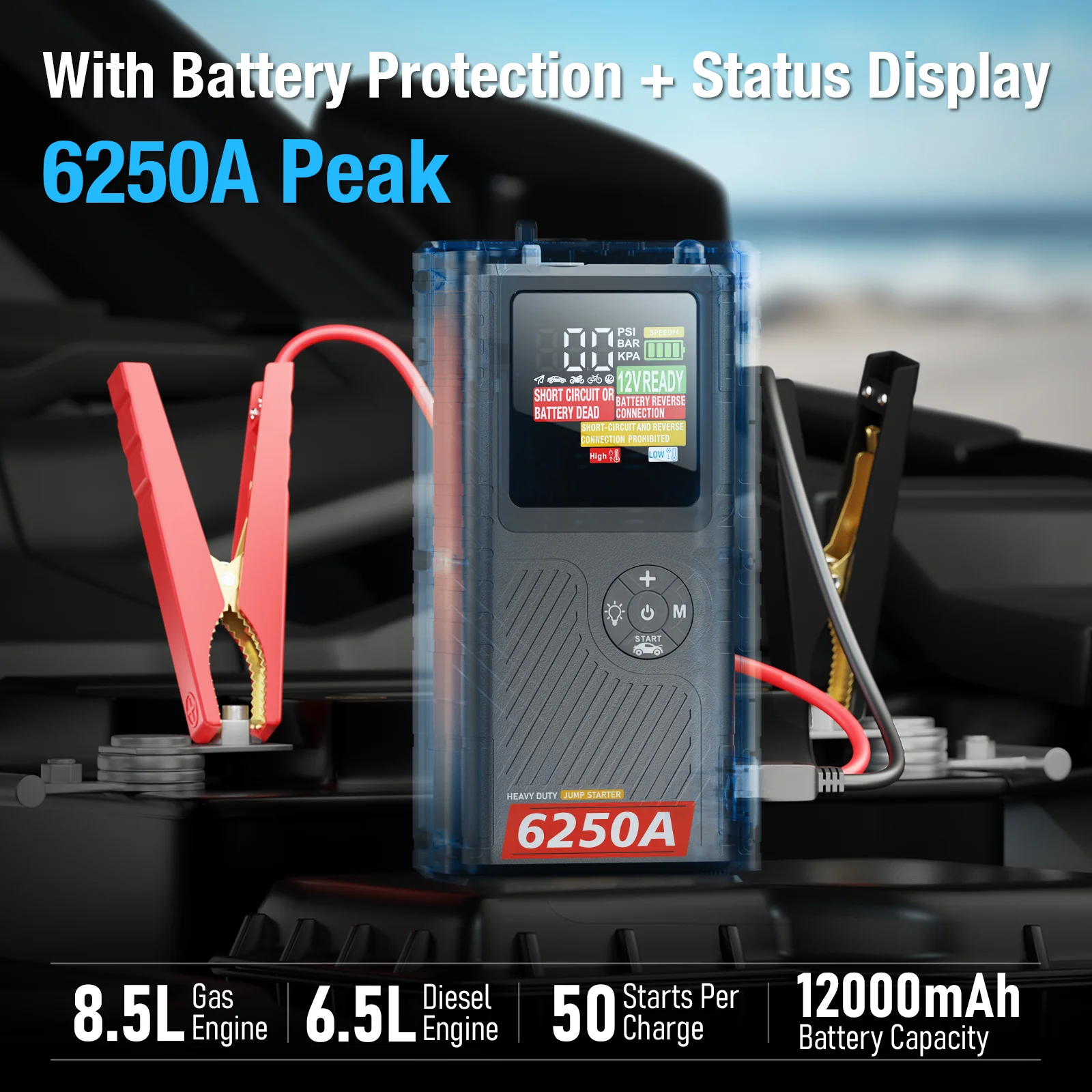
Sustainability & Spend
A reliable jump-inflator prevents unnecessary tow-truck miles and tire scrap from running under-inflated. Proper PSI also improves fuel economy and tire life. And because you’ll actually use the inflator monthly, you’re not buying a gadget for a single rare event—you’re buying a habit that pays back in wear, fuel, and safety.
Conclusion
A jump starter with a built-in compressor is the rare tool that saves your day and earns its keep month after month. Choose peak amps to match your engine and digital, auto-shutoff inflation for hands-off accuracy. Keep it charged, stored smartly, and run a quick monthly drill. With a JFEGWO Jump Starter with Air Compressor, you’ll turn late-night “uh-ohs” into five-minute fixes—no cables to another car, no anxious drive on a low tire, no drama.
Shop JFEGWO Jump Starters with Air Compressor
FAQ
- How many jumps on one charge?
It depends on engine size and temperature. Expect several jumps on a mid-size gas engine per full charge; fewer in sub-zero conditions. - Can I leave it in the trunk year-round?
Better to keep it in the cabin in extreme heat/cold. Top up monthly and avoid leaving it fully discharged. - Will it inflate truck or SUV tires?
Yes—set the PSI and let the auto-shutoff work. Larger tires simply take more time; observe duty-cycle rests on very long fills. - Is it safe for modern cars with lots of electronics?
Yes—smart clamps and surge protections are designed for CAN-bus vehicles. Always follow the clamp order and don’t crank endlessly. - Can I use it on bikes, balls, and pool toys?
Absolutely. Use the included adapters; set a low PSI and stop early for small inflatables to avoid over-pressurizing. - What if the battery terminals are corroded?
Brush gently with a wire brush or towel, then clamp on the cleanest metal possible. Consider cleaning and protecting the posts later with dielectric grease. - How often should I check my tire PSI?
Monthly, and before long trips. Temperature swings of 10°C can shift PSI by ~1–2 points—top off proactively.

